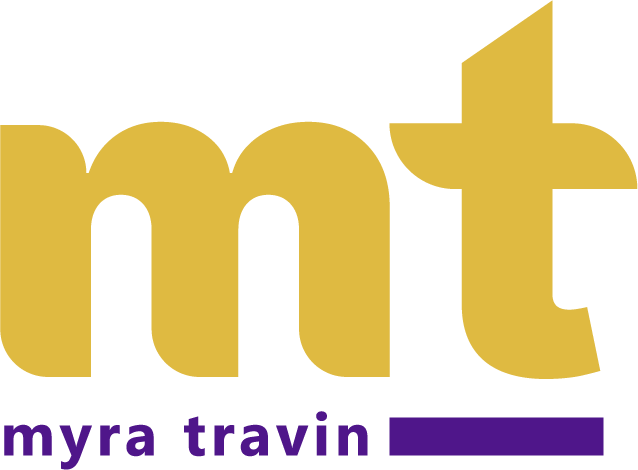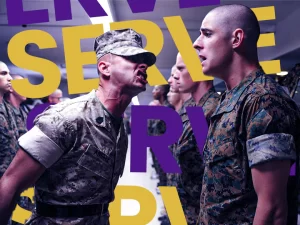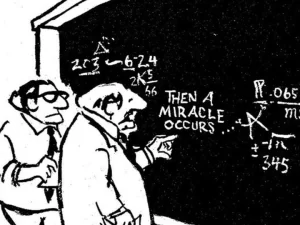I don’t know if you’ve noticed lately, but there are a whole lot of apps, tools and summat being developed in the learning space. So, what’s wrong with that, Ms. Buzzkill? I guess just the fact that most of them may have very little to do with actual learning. Bitter, party of one Instructional Architect, I know.
Being the user-learning advocate canary in the coal mine, I just want to say one thing: does eLearning = learning? You might just answer yes to that, but I would suggest this: it depends. At this point, most developers of software would like me to shut up and sit down and quit messing up their lucrative corporate sales deals. I understand that the DIY learning software concept is attractive, even great. If we can all create content on demand, what’s wrong with that? We all know organizations that have changed to eLearning strategies mostly for one reason: the company saves money. But that is a profit model, not a learning model, cowboy.
Yet, it is clear that learning can no longer be developed independent of the technology by which it is delivered. Learning design and technology development have to be created in concert with one another. For this reason, I am working on a model of delivery that takes both feasibility and learner outcomes in mind. Maybe because I am tired of being steamrolled when I meekly bring up the topic of instructional objectives. I know: shut up. It doesn’t matter if anyone can demonstrate learning — can’t you see how cool the animations are?
Because of the complexity of instructional design models and how often they are not fully realized versus the finite nature of eLearning development — and by that I mean something gets done quickly — one is much easier to accomplish than the other. Just ask yourself: Did you do a target group analysis before you began development? Learning outcomes and gaps? Did you do these in all the stages of development, deployment and evaluation? Is your process iterative, and does it seek formative evaluations and feedback from the user? Are you just teaching to the knowledge check tests? Or the thorniest question of all: How do you know anyone learned anything? I KNOW: shut up.
Speaking of eTesting: Let’s not even talk about it. We know that the Holy Grail is behavioral HOTS outcomes, but those don’t fit in very well with eLearning development. As Senior eLearning Developer Mike Jenkins puts it: “Subjective tests are much harder to score. As people get caught up on the testing bandwagon, they are shifting away from standardized, discrete-item forms of testing and moving towards subjective, formative evaluations, which require more human resource to score. In order to really see if there has been knowledge transfer, then both objective and subjective forms of assessment need to be included in knowledge checks. The name ‘knowledge’ also smacks of lower-level learning and thinking when HOTS — higher order thinking skills — needs to be included where learners apply what’s learned on the top of the Bloom’s Taxonomy model: application, synthesis and evaluation. Is that getting in there too?” If expediency always trumps outcome, we will be in for quite a hangover once the music has stopped. At this point, people usually start to throw donuts at me.
All I can say is that we have to find a way for the developers and learning designers to have the same goal: having our students really learn. If video gives us passive lecture results, then we will need to figure out a way forward, together, toward a more viable model. Right now, the developers of apps, turnkey solutions and software are way out in front. At least until we realize that our fancy mLearning, blended or not, is not having an impact. And, I like video! But I do remember that lecture began in the Industrial Revolution. Somehow learning excellence based on the most current technology has to fit into the development model, somewhere, and even more important actually be done, instead of just paid lip service. Learning objectives? Oh, heck yes, we have those. Is it OK if they are all the same? (facepalm)
Here we are, in the midst of a new mobile learning and performance support revolution that will change the way information is accessed, used and valued, ever more quickly created by sources and consumed even faster by our students. Are we really going to solve our training challenges with video snippets and voiceover moved from laptops to tablets to phablets? Many in our industry think it’s just that easy. Ever tried to take a Lynda course on your phone? As information explodes, we need to create environments that are ecologies — they must support access to learning, resources and flexibility. Our consumers are sophisticated and they expect something great, in real time, where they need it. This is not just taking content from the classroom to eLearning to a mobile device in similar formats. It’s a whole different ballgame of access and function. Many millennials don’t even know what we mean by the word “course.” What if the concept of having knowledge itself is antiquated? What if access trumps knowledge? That should make your development head explode. We will all be reassessing what learning, access and outcomes mean in the next months.
Hey, learning entrepreneurs: Don’t banish me to the Arctic Circle for bringing this up. Let’s work together to make something good into something great, and find a way forward together.





